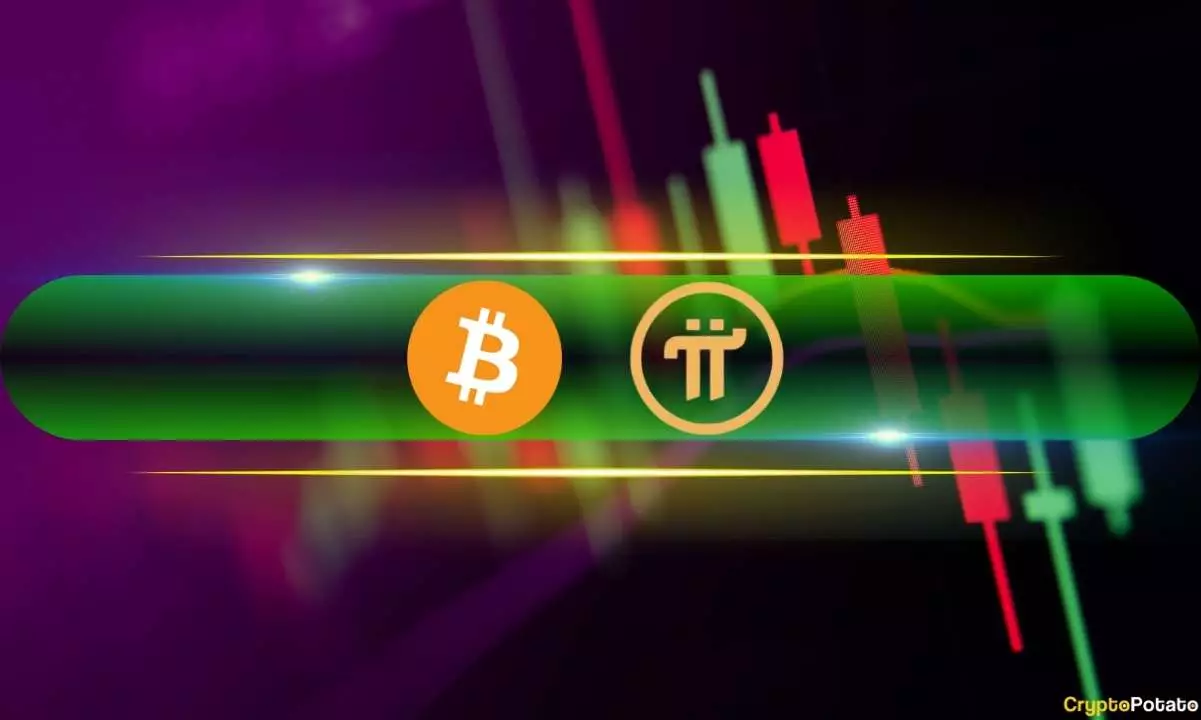The recent price movements of Bitcoin serve as a stark reminder that the cryptocurrency market remains highly volatile and unpredictable. Despite sounding the alarm once again in its quest to breach the elusive $120,000 mark, BTC’s latest attempt was swiftly halted, leading to a nearly four-thousand-dollar decline within hours. This pattern exposes not only the inherent volatility of Bitcoin but also the false sense of security many investors have grown accustomed to. The resilience of Bitcoin’s price—that is celebrated in bullish narratives—should never overshadow its propensity for rapid, unpredictable swings. The recent retracement underscores a fundamental truth: crypto markets are driven by sentiment, speculation, and macroeconomic factors rather than any steady foundation of intrinsic value.
Altcoins: The Volatility Spillover and the Illiquid Terrain
While Bitcoin struggles to regain upward momentum, altcoins have reacted vehemently, often with sharper declines. Yesterday’s gains have been wiped out with significant losses across the board, especially among smaller-cap tokens like HYPE, XLM, and HBAR. This swift decline is more than just a correction; it reveals the fragility of the altcoin space, which is often used as a battleground for traders seeking quick profits. The price action in assets like Ethereum, XRP, and ADA demonstrates how market sentiment can swiftly turn negative, pushing assets like ETH down from multi-month peaks. It’s noteworthy that some tokens, like Solana, managed minor resilience, touching $200, while others like Pi Network surged by more than 6%. These disparities highlight a market that remains heavily speculative and ripe for manipulation, with little regard for fundamental valuation—yet this complexity often masks underlying risks for serious investors.
The Broader Market Dynamics and Future Outlook
The total crypto market capitalization has shrunk by approximately $60 billion, now resting below the $4 trillion threshold. This decline coincides with waning investor confidence and a possible re-evaluation of risk amid macroeconomic uncertainties. Still, such rapid retracements should be viewed skeptically: they often serve as critical junctures that distinguish the truly resilient from the speculative. The dominant position held by Bitcoin, at over 59%, reflects a growing recognition of its relative stability compared to a sea of volatile altcoins. Yet, for those seeking sustainable growth, these price swings exemplify the need for cautious optimism and strategic planning. Crypto markets, while promising unparalleled innovation, demand a disciplined approach—especially in an environment prone to abrupt reversals and technical resistance levels that continue to hold firm.
Admittedly, while cryptocurrencies may seem like opportunities for exponential wealth, their current instability exposes inherent risks—risks that should be carefully considered by investors who prioritize long-term viability over short-term gains.

